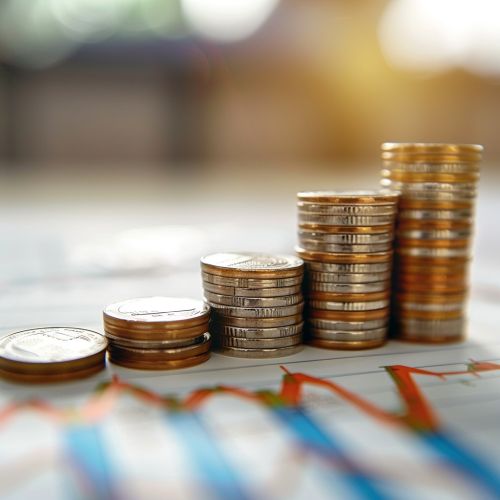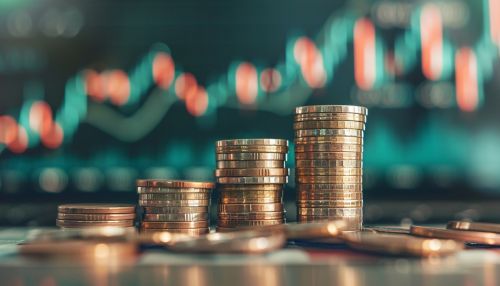Dividend yield
Overview
A dividend yield is a financial ratio that shows how much a company returns to its shareholders in the form of dividends. It is calculated by taking the annual dividend payment and dividing it by the company's market price per share. The result is often expressed as a percentage. Dividend yield is an important indicator for investors as it provides insight into both the current income they might receive and the overall health of the company.
Calculation
The dividend yield is calculated using the following formula:
- Dividend Yield = Annual Dividends per Share / Price per Share
For example, if a company's annual dividend is $1.50 per share and the stock is currently trading at $25 per share, the dividend yield would be 6%.
Significance of Dividend Yield
Dividend yield is a significant measure for income-focused investors, such as retirees or those looking for a steady cash flow. It provides an estimate of the investment's potential return. However, a high dividend yield does not always indicate a good investment. It could be a sign that the company is in trouble and that the stock price has fallen, which would increase the yield ratio.
Factors Affecting Dividend Yield
Several factors can affect a company's dividend yield:
- Dividend Policy: The company's policy on paying dividends can greatly affect the dividend yield. Some companies might choose to reinvest their profits back into the business, while others might distribute it to shareholders.
- Market Price Fluctuations: Changes in the company's stock price can affect the dividend yield. If the stock price decreases, the dividend yield increases, and vice versa.
- Profitability: A company's profitability can influence its ability to pay dividends. If a company is not making a profit, it may not be able to pay dividends, which would lower its dividend yield.
Dividend Yield vs. Growth Investing
Investors often use the dividend yield to compare the relative attractiveness of different dividend-paying stocks. It can also be used to compare the dividend yield of a single stock to the average dividend yield of a market index, such as the S&P 500.
However, dividend yield is not the only factor to consider when investing. Some investors may prefer growth investing, which focuses on stocks that are expected to grow at an above-average rate compared to other stocks. These companies often reinvest their earnings back into the business, so they may not pay dividends.
Risks Associated with High Dividend Yield
While a high dividend yield can be attractive, it also comes with risks. A high yield may be a result of a falling market price for the company's stock, which could indicate that the company is in financial distress. Additionally, companies with high dividend yields may not have enough earnings to sustain their dividend payments in the long run.
Dividend Yield in Different Sectors
Different sectors of the economy tend to have different average dividend yields. For example, utility and consumer staple companies often have higher dividend yields because they generate steady cash flows and have less growth potential. On the other hand, technology and biotech companies often have lower dividend yields because they reinvest most of their earnings back into the business for growth.
See Also


